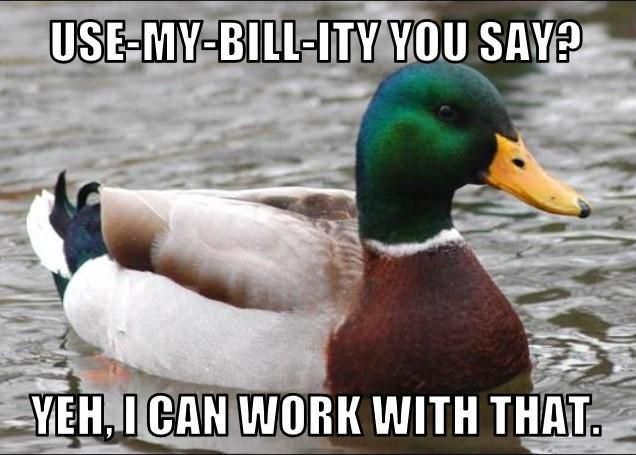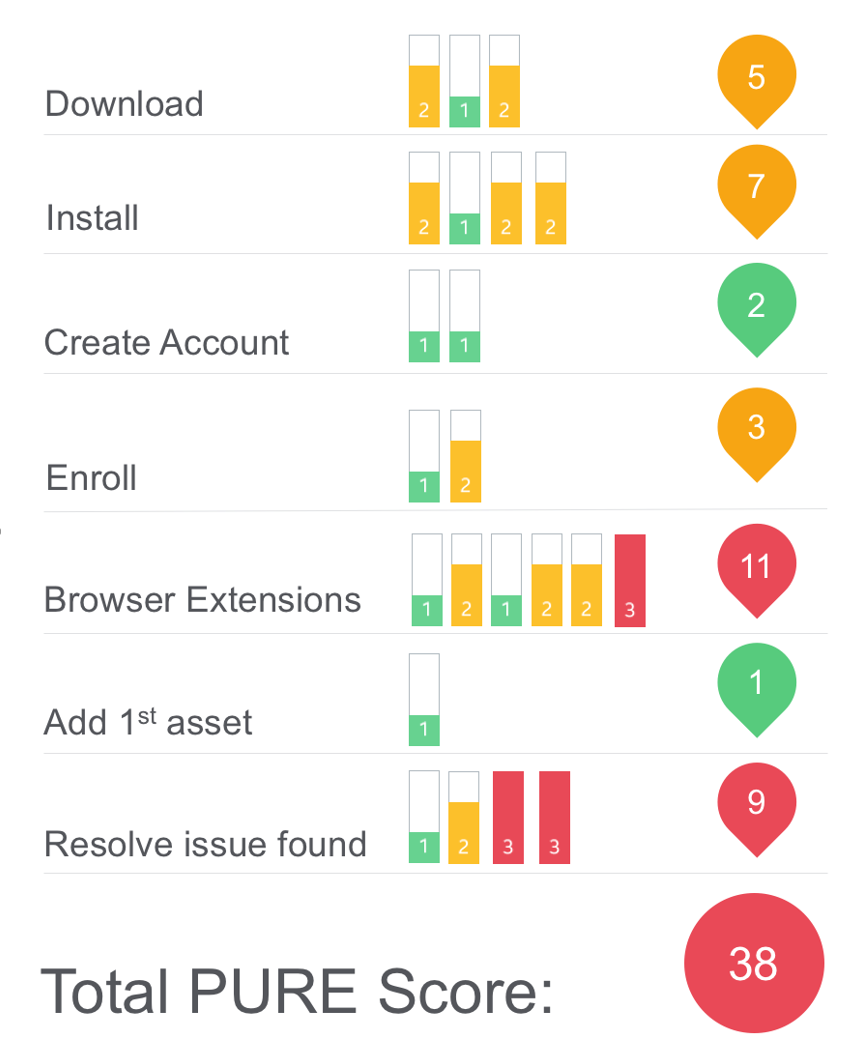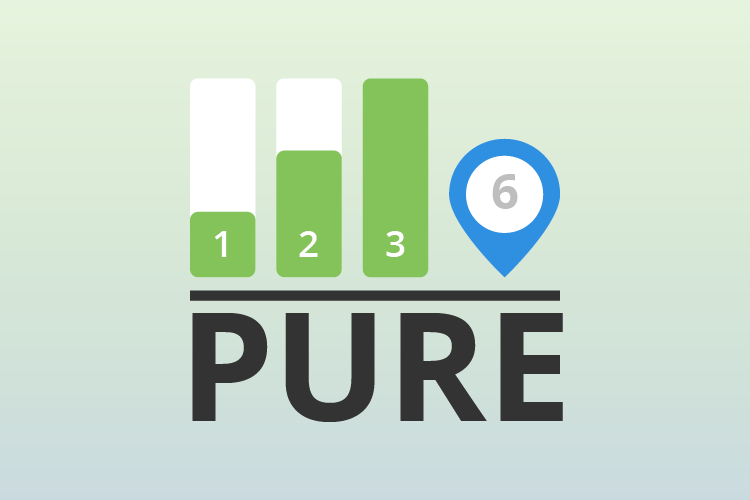How can a UX agency save time and money? If only you had usability experts to hand… Wait a minute! Have you heard of PURE (Pragmatic Usability Rating by Experts)?
When starting a new UX project, I can’t help feeling a slight sense of dread. This usually festers within me in the guise of:
- What field of expertise are we going to be expected to get to grips with while the project’s and client’s clocks are ticking?
- How are we going to get the stakeholder skeptics to believe in our UX team from the get-go?
I’m not sure whether the same has happened to you, but in a matter of days, I’ve been expected to learn the fundamentals residing under the bonnet for quite complex processes and systems including:
- Delegation of authority
- Waste removal compliance
- Procurement portals
- In-shop customer engagement and service
- Account management apps
There’s no escape from this crash course and there’s nothing worse than stakeholders folding their arms and rolling their eyes because you ‘don’t get it’! But there is a way to get them on your side – by saving them money and time!
Want to get concrete numbers and evidence early on in the project? Don’t have the time or access to the client’s money tree to employ the services of qualified users? Then the answer could be:
PURE and simple: Pragmatic Usability Rating by Experts
If you’re reading this and you’re part of a UX team then you will probably know the majority (if not all) of the UX principles and have used heuristics quite a lot, too. The magic word that holds these together is usability. And, therefore, you, my UX friend, are an expert. All of those systems and processes you’ve had to learn in record time have made you a usability oracle. Just one glance at a website makes you either cringe with mobile-unfriendly disgust or want to hug the burger button and tap all of the breadcrumbs!
And… even the most out-of-touch-with-their-customer stakeholder is going to have heard of usability and understand the business risks if their product or service has none!

PURE will work for your UX team and the project
But only if:
- You have the resources to allow at least 2 individuals (3 is ideal) to be the PURE people. If PURE is being introduced to a revisited project or halfway through a project, then UX researchers should make up this usability team. We don’t want designers or product professionals to introduce any bias.
- The client or the overall working culture of the large organization you may be nestled inside has respect for your UX team and the amazing work it has previously done. You don’t need comments after delivering your PURE rating that begin with: “You don’t know anything about what we do…” or “So, I’m supposed to go along with what you pair have said about the usability of my system that’ll be visited by _______ amount of people!” The client needs to be on your side or this concrete evidence will be for nothing!
In this blog entry, I’ll be giving just an overview of how PURE works, but please use the links provided below to gain even more knowledge into this empowering and relatively new UX method.
5 steps to PURE heaven
1. Be your target user or persona
Your PURE team will be required to approach this analysis in the guise of a target user or persona. Your agency/team will probably have a persona archive that can conjure up the ideal candidate. For example, a supplier wishing to use an invoicing portal or a student wanting to find and download the latest case study.
2. Determine a critical task
The next step is to determine a critical task or a shortlist of top tasks that the persona will want to perform on the system/website/app. This could be anything from registering a new account to ease of communicating with customer services.
3. Break that task down
Your PURE team now needs to agree on how the task(s) can be broken down into logical steps for the persona (typical user), with the end result being the completion of the task. If there is disagreement amongst the ‘experts’ on defining a series of steps, then the use of garnered data can usually clear this up. For example, the number of text fields in a contact form for a new product or service website has been a sticking point on many projects for me and my colleagues. Make sure all judgments are documented.
4. Score the friction
Now it’s time to independently score the friction or difficulty/mental effort of each task step using a 3-point scale:
1 = The step is carried out easily by the targetted user, thanks to low cognitive load or because they know it like the back of their persona’s hand!
2 = After some effort, the task’s step is accomplished. Close, but no cigar.
3 = The step would cause the target user to fail the end task. The cognitive load is overbearing or confusion has won the day.
5. Calculate the PURE rating
Now add up the ‘step scores’ in a task to get your PURE rating. The decision on color for the overall task is given by the worst score of a given step. If a combination of tasks has been tested for usability then a PURE score for the product in its entirety is determined by the sum of the task scores. As in golf, the lower the number the better the usability. The color for the product is then decided by which task color scores highest.

Source: Nielsen Norman Group
This seems as harsh as NPS (Net Promoter Score) but not half as ambiguous. The rationale being that no company should go to market with a consumer product that could allow a target user to fail a fundamental task.
PURE contentment
Entering a project’s early stages with the analysis of friction (accumulated pain points) that a user encounters on a competitor’s system will spark interest and project direction. Comparing an assumed ‘happy path’ for a critical task on your client’s system alongside a rival’s and having it neatly wrapped up in a ‘PURE score’ will be even more engaging. Usability is definitely the glue that can hold UX projects together at the beginning and bring an early understanding of an overview of any system or process, no matter how daunting. Time and money saved.
PURE, to me, is a great way for any established UX team to showcase their expertise in usability and get stakeholders on board. A huge thank you to Christian Rohrer for making me aware of the PURE method at a Nielsen Norman convention back in March 2018. If you have the resources, then give it a go and it would be great if you could let me know how you get on.
? More about the PURE method from XD Strategy and the Nielsen Norman Group.

